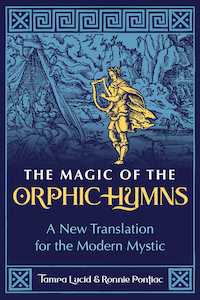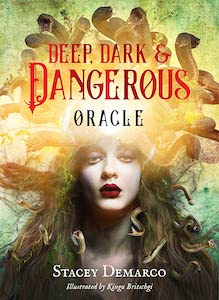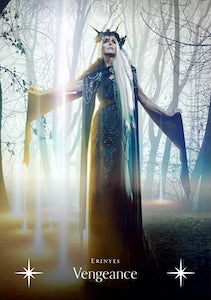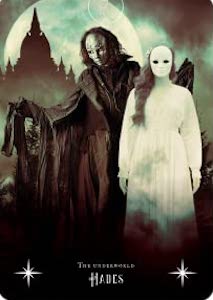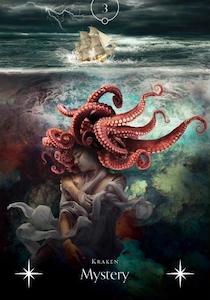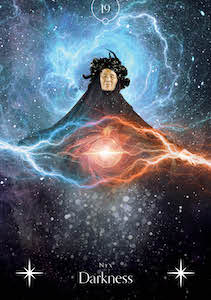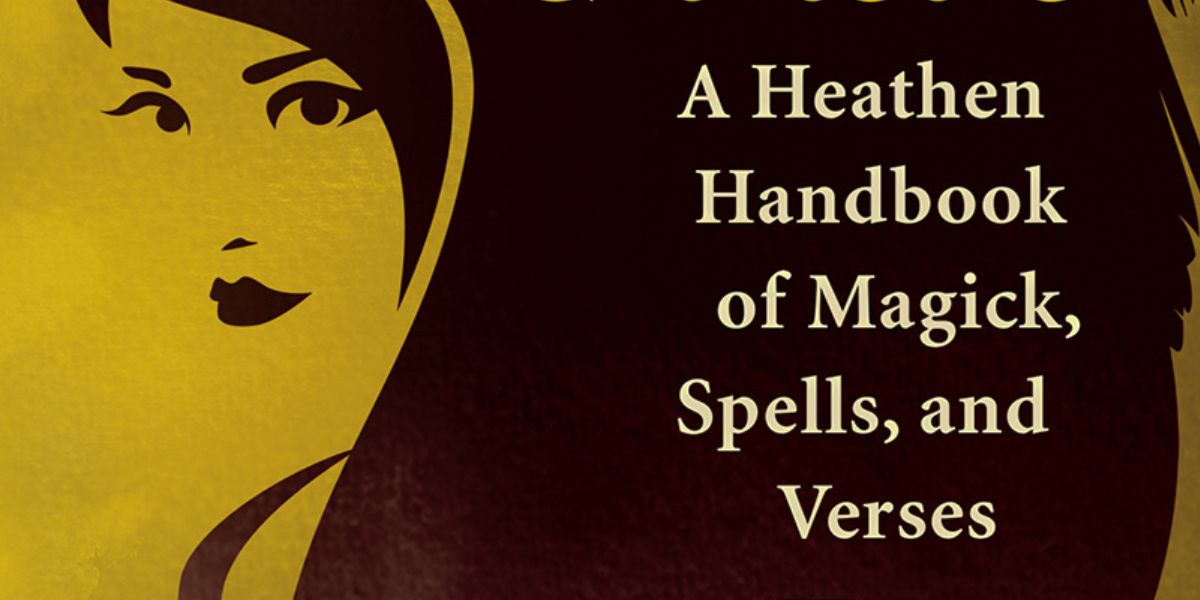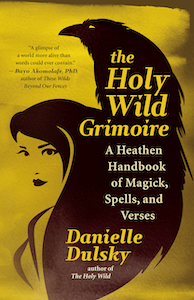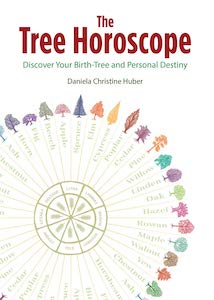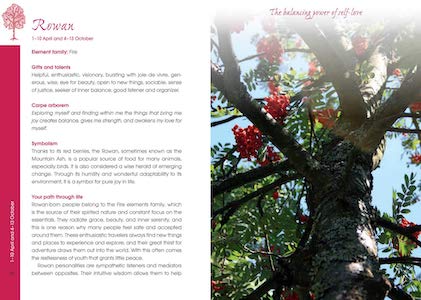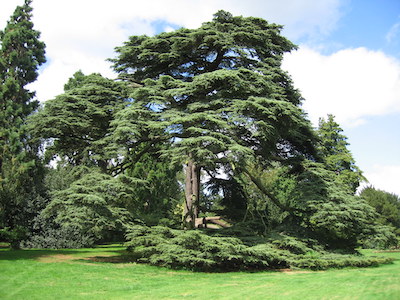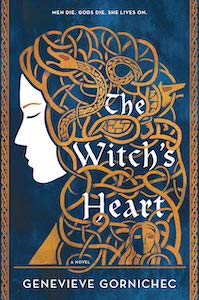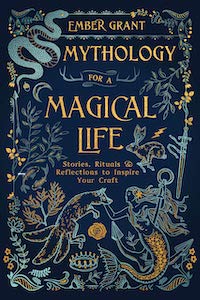
Sleep & Sorcery: Enchanting Bedtime Stories, Rituals, and Spells, by Laurel Hostak-Jones
Crossed Crow Books, 195988333X, 220 pages, August 2024
How often do you scroll social media on your phone or watch television before falling asleep? I would bet there’s a good chance that’s the default habit of many—and what does it do for your sleep? Restlessness, fitful wakes ups, dreams influenced by the content we’re consuming. But what if there was a better way to drift off to sleep? Dreaming of enchanting encounters with dragons, goddesses, and other magical beings, just like when we were young. For those looking for a new nighttime routine, Sleep & Sorcery: Enchanting Bedtime Stories, Rituals, and Spells by Laurel Hostak-Jones is the perfect bedside companion.
Hostak-Jones is the creator of the Sleep & Sorcery podcast and YouTube channel where she tells original bedtime stories blending fantasy, mythology, and folklore. This book is a compilation of her most popular stories for readers to enjoy in book form, along with additional rituals and spells you can do to bolster your sleep sorcery. Drawing up her background in theater, interest in high and late medieval texts (think Arthurian Legend), and bath as a Druid and nature lover, there’s so much magical inspiration within these stories.
“I strove to create welcoming, safe worlds inspired by the stories and themes I love most—folklore, fantasy, mythology, Witchcraft, and Druidry. Realms woven together through poetry and voice that could become cozy dreamscapes.”1
All the stories are written in second-person voice (the “you” voice for those unsure about the term). Hostak-Jones describes how she does this so “listeners can, in a sense, choose their own adventure, infusing the world with their own identities and histories.”2 For some, this style might be better suited to have read to them, either by someone at home with them, recording their voice, or in the form of Jone’s podcast. But for the readers, who prefer to world-build on their own without external audio stimulus, this book does a wonderful job immersing you fully in the story and setting.
And what absolutely incredible stories!!!! The places Hostak-Jones takes us ranges from the Dream Weaver’s Palace to the Midnight Carnival. We get to discover selkie secrets, the ruins of Atlantis, and fairies in the forest. There’s tales of being blessed by a unicorn and riding dragons. You can also deepen your connection to The Holly King, Oak King, Green Knight, Persephone, and Cerridwen.
What I thoroughly enjoyed is how Hostak-Jones has loosely correlated the stories with the Wheel of the Year. She notes, “While you may read or perform the exercises in this book at any time they call to you, you might find increased connection or potency by seeking correspondences with the rhythms of nature.”3
Ostara is just a few days away, so this weekend I plan on adding the story “Magic in the Moon Garden: Ostara Seed Ritual” into my nighttime routine and also doing the ritual before I go to sleep. Here’s a snippet of this story to provide a sample of Jone’s creative and engaging writing style:
“Tonight is the night, says a whispering voice, an incantation on the breeze. Tonight is the night for flowers, tonight is the night for frolicking, tonight is the night to work in the light of the moon… The trouble that you’ve grown used to winter, accustomed to the snug safety of the home like rabbits snug in their warrens, hidden away from the wilds. To welcome spring again is to step beyond the threshold, to open your heart on certain more to the wildness of the earth, and to shed layers that have become a second skin.”4
This is exactly how I have been feeling; I’m feeling the blooming within and yearn to play outside, but it’s taken a bit of effort to overcome my wintery inward solitude. I find it really potent to work with these sleep stories, as they seem to activate my subconscious mind, right on the precipice of sleep. Whether I’m activating a sense of subliminal acknowledgement of the change or seasons, or opening portals into new worlds where I can do magical things, these stories prime my mind before bed and activate the dreamscape and imagination.
The exercise for this story, Ostara Seed Ritual, involves choosing seeds and planting them along with a piece of paper with my intention for the season under the moonlight on the vernal equinox. Hostak-Jones provides a list of suggested materials and step-by-step instructions, which makes it easy to follow along and complete all the steps. For this one, she writes:
“Let your hands get a little dirty. Feel the earth, thank it for its blessings, and let this seed, this intention, be an offering to the alchemy of spring.”5
How amazing! Now, obviously, I’ve skimmed quite a few of the other stories. And I can confidently say that you don’t need to follow the Wheel of the Year and can simply read the stories you feel called. Being a devotee of the Unicorn, that was the first story I chose to work with, while my husband’s preference was to ride a dragon. After I work with the Ostara stories for a while, before it gets close to Beltane, I plan to add The Song of Persephone to my bedtime routine, which is paired with the Maiden, Mother, Crone Meditation as its exercise.
I also really like the range of exercises and how they’re nicely customized for each bedtime story. There’s a ritual walk for the summer solstice, journaling and automatic writing practices, ritual baths, meditations, building a fairy garden, and creating dream tinctures, sleep sachets, healing salves—just to name some of them! Since these exercises would most likely be done when more awake, I hope, the combination of the exercise and story work together to align the conscious and unconscious mind in true alchemy.
“For those of us who practice magic, rest and sleep can become as integral a part of our craft as anything we do in our waking lives.”6
All in all, Sleep & Sorcery is a wonderful way to make your bedtime routine a little more magical. In just the past week, I’ve noticed that my sleep has been more restful, despite still waking up numerous times with my toddler, who seems to be experiencing night terrors. While this on-going situation has the potential to make me dread nighttime, Jone’s brilliant stories have helped immensely as I prepare for bed; there’s something for me to look forward to as I shift from day-mode into night-mode. We never know what we might encounter during the night, but when we open the doors to otherworldly discovery, we remember the imaginative, healing, and restorative nature of sleep. I highly recommend this for all magical practitioners looking to add a bit of sorcery to their sleep routines.
Alanna Kali is an astrologer, numerologist, and pioneer spirit that loves to explore life through the lens of depth psychology. She has a passion for studying the humanities and social trends. Her academic work is centered upon reuniting body, mind, and spirit through eco-psychology. She loves reading, spending time in nature, and travel.





